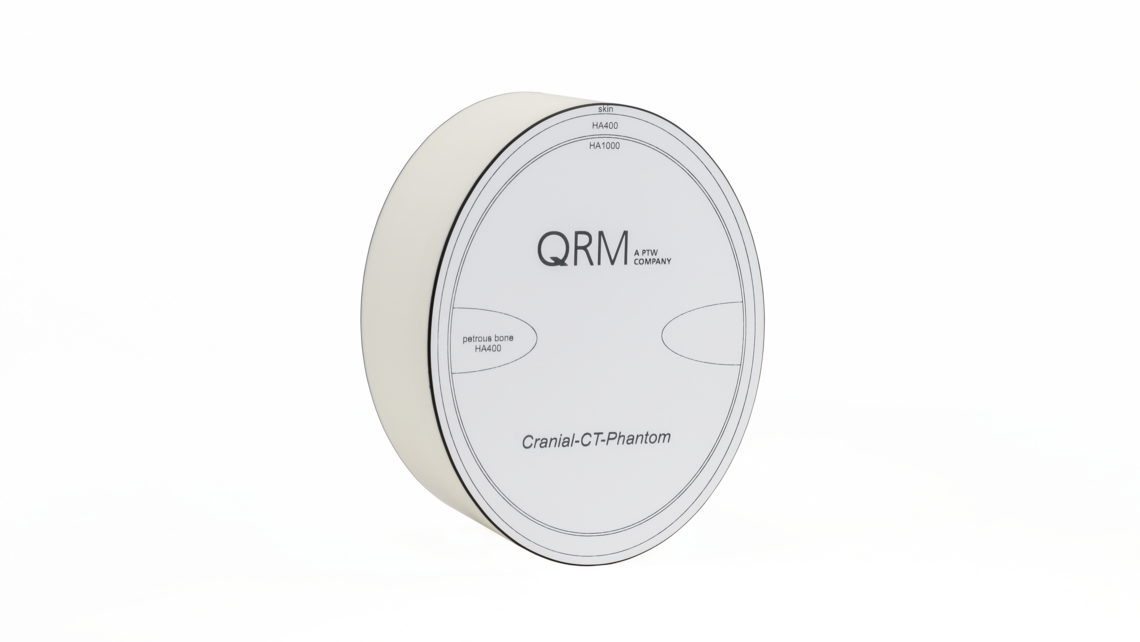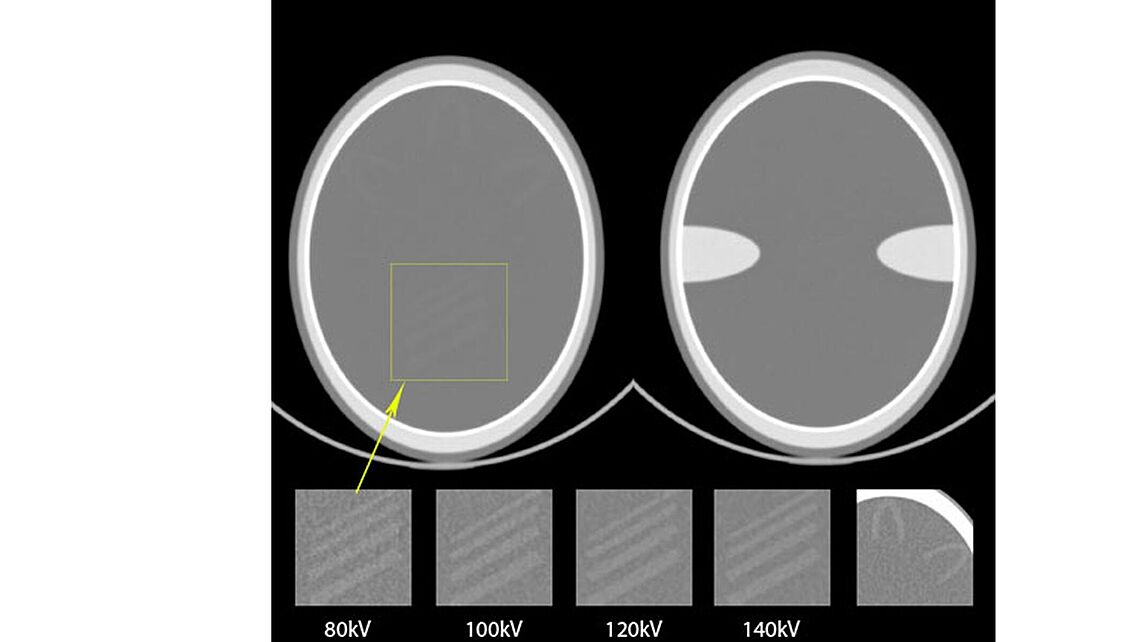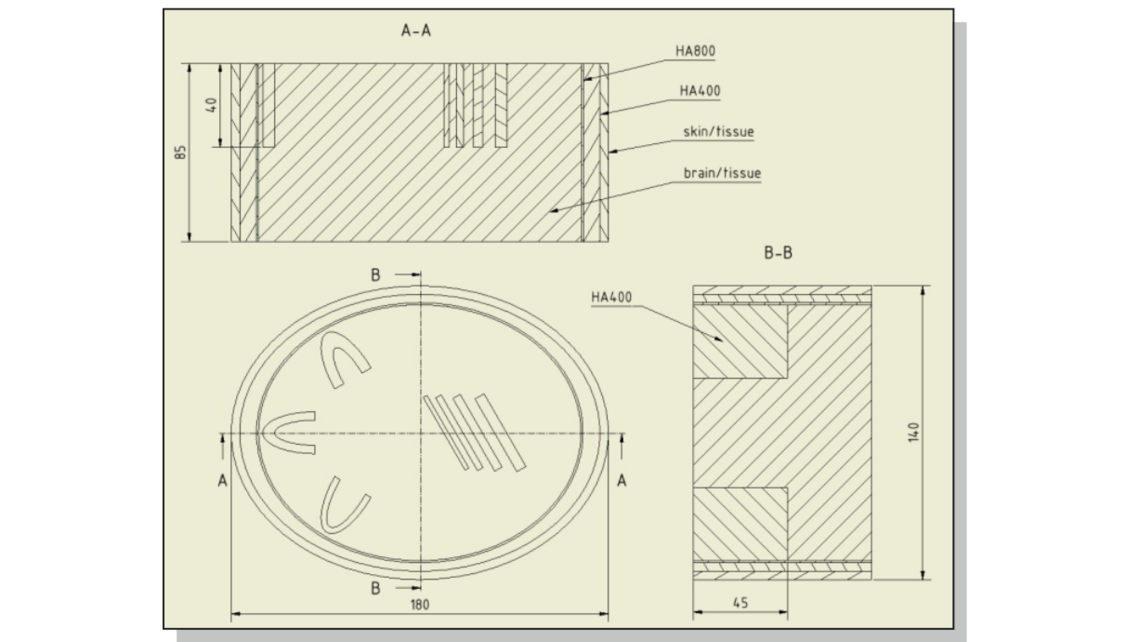-
PRODUCTS
-
PRODUCTS
back
- Product Highlights
- Diagnostic Imaging
-
Radiation Therapy (for research studies and experimental setups)
-
Radiation Therapy (for research studies and experimental setups)
back
- Comprehensive Electron Density Phantom
- Electron Density Phantom, D100
- CTwater slabs
-
Radiation Therapy (for research studies and experimental setups)
- OEM & Industry
-
Quality Control
-
Quality Control
back
- AAPM TG-299
-
Quality Control
-
Non-Destructive Testing (NDT)
-
Non-Destructive Testing (NDT)
back
- Micro-CT Bar Pattern Phantoms
-
Non-Destructive Testing (NDT)
-
PRODUCTS
-
CUSTOMIZED SOLUTIONS
-
CUSTOMIZED SOLUTIONS
back
- Customized Solutions
-
CUSTOMIZED SOLUTIONS
-
SUPPORT
-
SUPPORT
back
- Customer Support
- Webinars
- Downloads
- Literature
-
SUPPORT
-
ABOUT
-
ABOUT
back
- About QRM
- About Phantoms
- News & Events
- Career
-
ABOUT
-
CONTACT US
-
CONTACT US
back
- QRM Headquarters
- Feedback
-
CONTACT US





